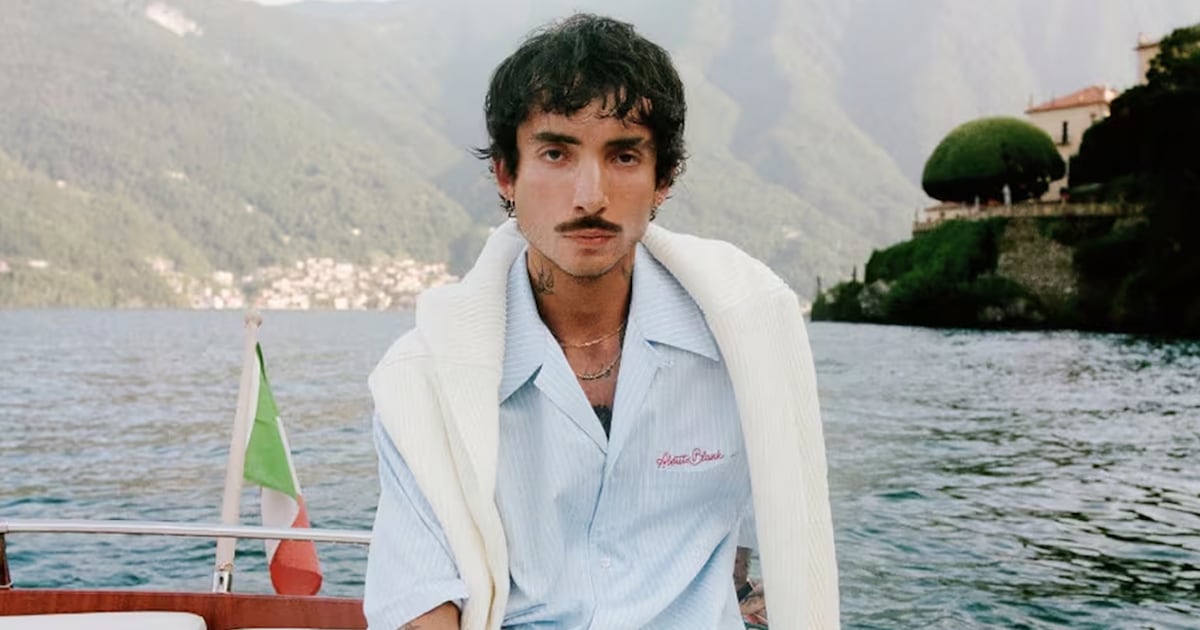
The author has shared a Podcast.You will need to accept and consent to the use of cookies and similar technologies by our third-party partners (including: YouTube, Instagram or Twitter), in order to view embedded content in this article and others you may visit in future.
Subscribe to the BoF Podcast here.
Background
A style renaissance that changed how many men dress â mostly for the better â has congealed into a sea of sameness, at least in the eyes of a growing number of fashion critics and influencers. Too many interchangeable brands take the same approach, blending tailoring with casualwear in neutral-toned collections that are stylish but often fail to inspire. The look is often derided as a menswear âstarter pack,â but remains popular with consumers.
This week on The Debrief, Brian Baskin sits down with correspondents Malique Morris and Lei Takanashi to discuss why this âstarter packâ approach works for the industry â but at the cost of long-term brand building and customer loyalty. Additionally, they probe what brands must do to recapture consumersâ imagination.
âAny brand can make a good product, but what makes a brand good, especially a good menswear brand, is having a great story thatâs worth telling,â says Takanashi.
Key Insights
- Menswear brands today are following a familiar formula, leading to a prevalence of âstarter packâ lookbooks. âThey all do some sort of version of this. Approachability, timeless, stylish and handsome but inoffensive look,â says Morris. This marketing playbook, popularised by brands like Aimé Leon Dore and followed by many others, has led to a lack of creativity and experimentation. As Morris puts it, âeverything is good and nothing is great. So if everyone can dress well, then no one is actually cool.â
- What makes brands stand out over decades isnât radical changes in design, but compelling storytelling and myth making. Morris argues consumers may not be loyal to todayâs menswear brands in the long term if theyâre just buying into a trendy and easy to copy aesthetic.
- But Takanashi notes that for certain brands that are seen as authentically embracing this style, their best bet is stick to whatâs worked: âI feel like in the case of brands like Aimé Leon Dore and Supreme, the long game for them is becoming a heritage label ⦠they have such a distinct point of view that they will always have a core consumer.â As Morris puts it, âwhat brands should think about is just being themselves.â
Additional Resources
- Why Menswear Is Getting a Marketing Refresh: As critics argue that menswear labelsâ homogenous marketing style has made for a feeling of sameness in the sector, start-ups are beginning to invest in imagery that will set them apart from their competitors.
- Can Off-White Get Back on Track? In recent years, the death of founder Virgil Abloh, a troubled push upmarket and the near implosion of Farfetch have dealt severe blows to one of the worldâs most successful luxury streetwear brands. Off-White CEO Cristiano Fagnani sat down with BoF to outline his âresetâ strategy.
- How the Streetwear Customer Is Evolving: Streetwear is by no means dead, but its customers are changing. Today theyâre embracing a diverse wardrobe that mixes logo T-shirts with heritage brands and traditional menswear or luxury.

